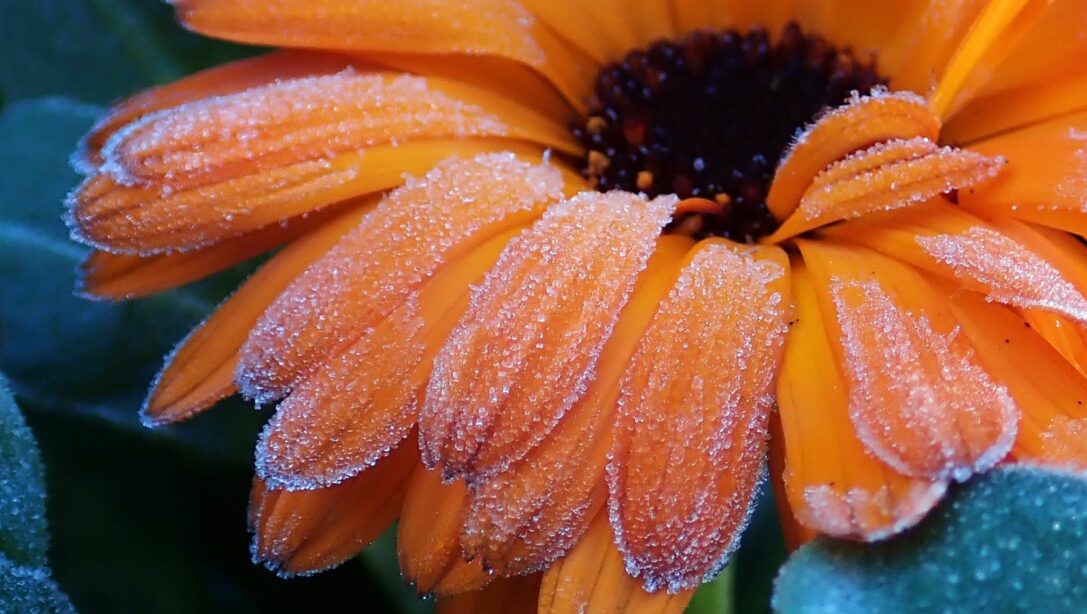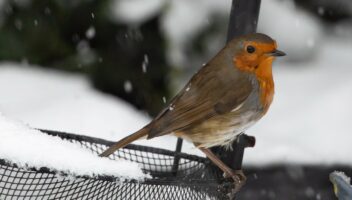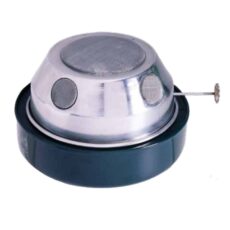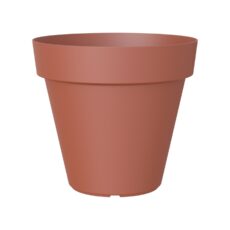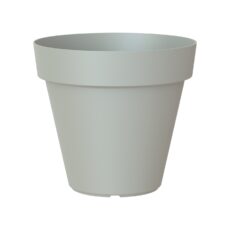Table of Contents
Nothing quite says winter in the garden like the delicate layer of frost that greets us each morning. Whilst it looks very pretty it can have a harsh impact upon your plants. So it’s important to know how to help your garden survive when the temperature drops. Discover our Hillier recommendations on the best plants that have the potential to survive a frost.
Hardiness in plants is a very complex subject and will depend on the length of time plants are frozen for, where there are strong drying winds and how wet the plant or soils are at the time of freezing.
What Plants Can Tolerate Frost?
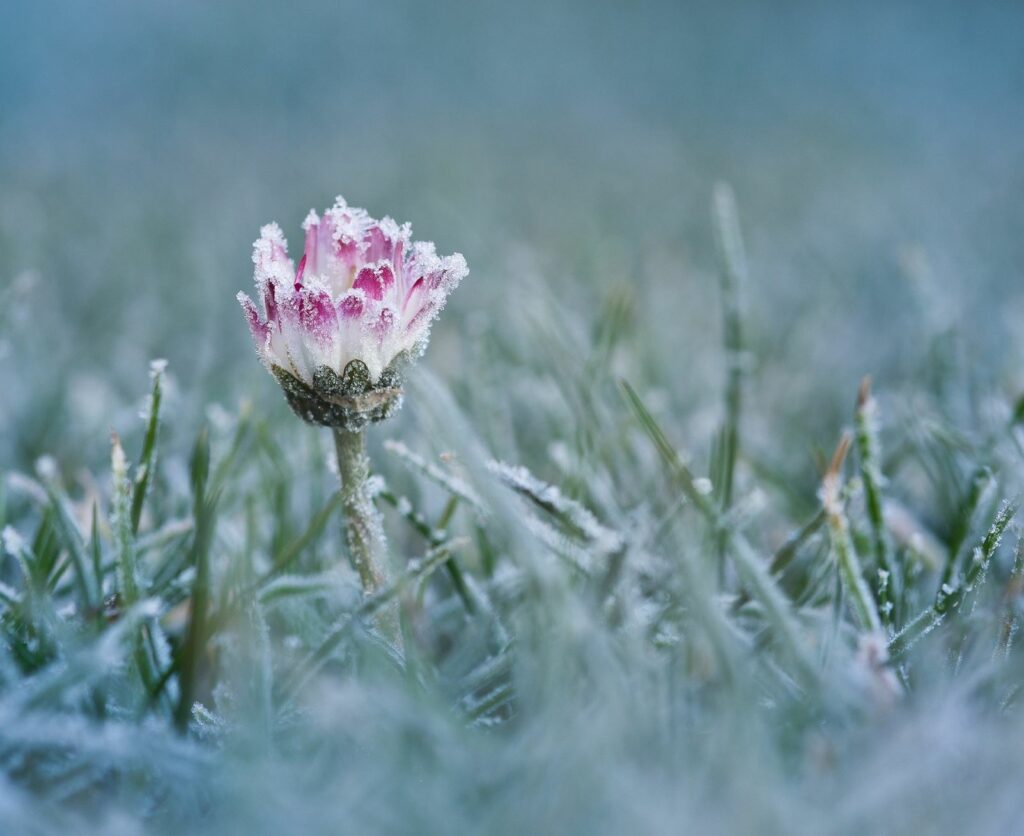
Hillier recommends the following plants that will provide an impact and will best survive the frost.
Shrubs
Hamamelis
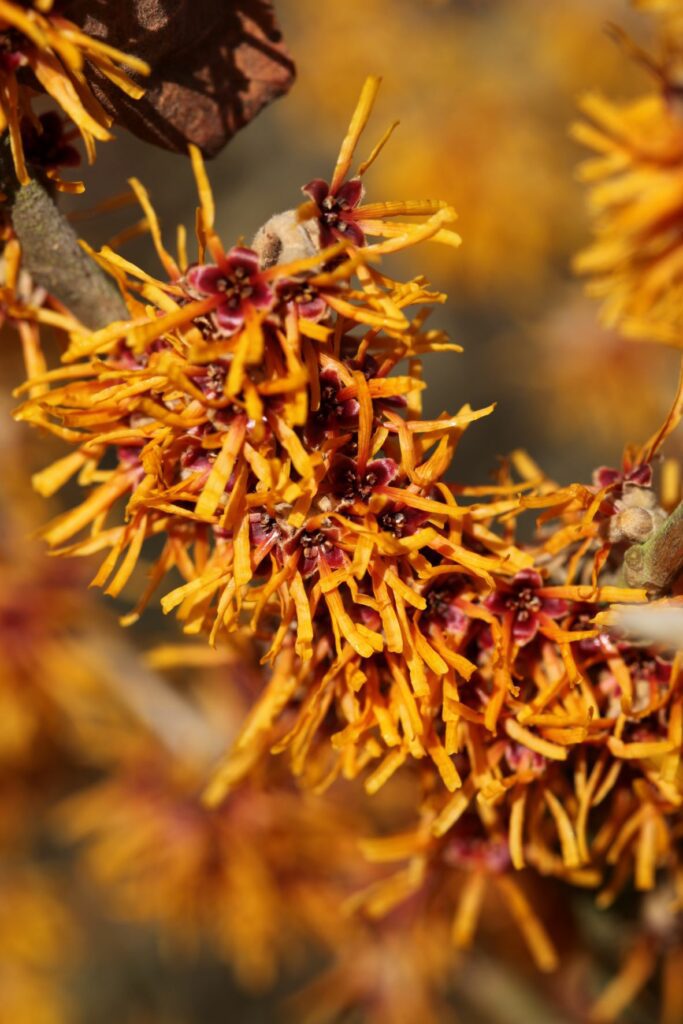
Also known as witch hazel, Hamamelis is a stunning and vibrant shrub that works fantastically in a winter garden. This flowers in colours of reds, oranges and yellows. It also has sweetly scent during winter.
| Sun requirements | Full sun/partial shade |
| Soil requirements | Well drained, acidic soil |
| Pruning | Little pruning is required. Remove damaged or dead shoots when necessary |
Forsythia
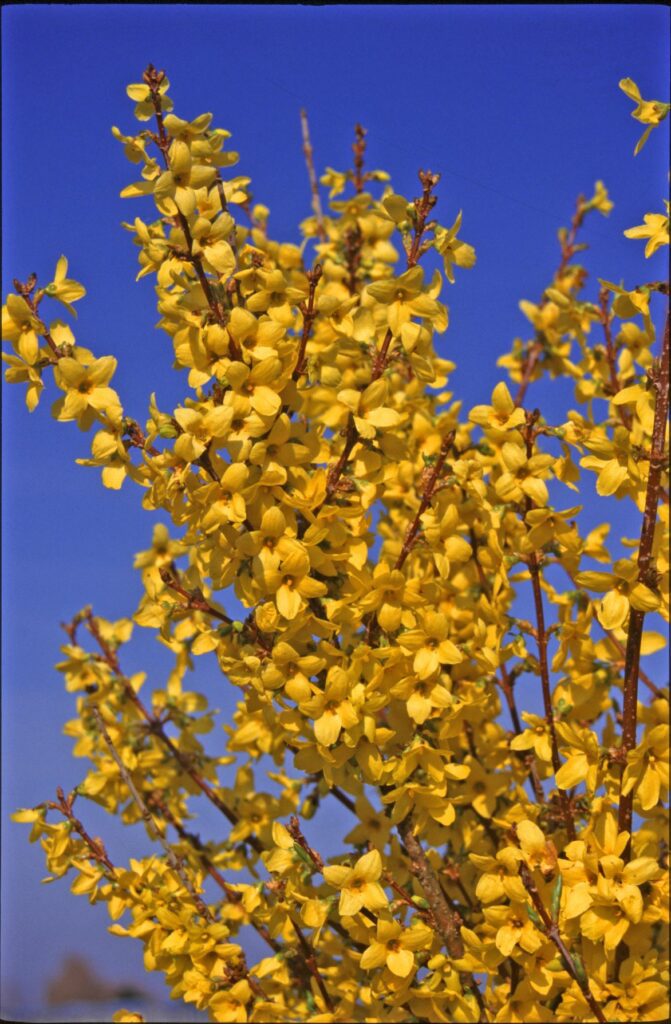
Forsythia is a great addition to your garden, with vibrant yellow flowers in March. Forsythia is very tolerant of the cold weather and it can really bring the garden to life, ready for the early spring.
| Sun requirements | Full sun/partial shade |
| Soil requirements | Well drained soil |
| Pruning | Young plants require very little pruning. Remove damaged or dead shoots after flowering. Mature plants should be pruned immediately after flowering to encourage new growth. |
Discover Forsythia x intermedia ‘Discovery’ JOHN MITCHELL.
Berberis darwinii
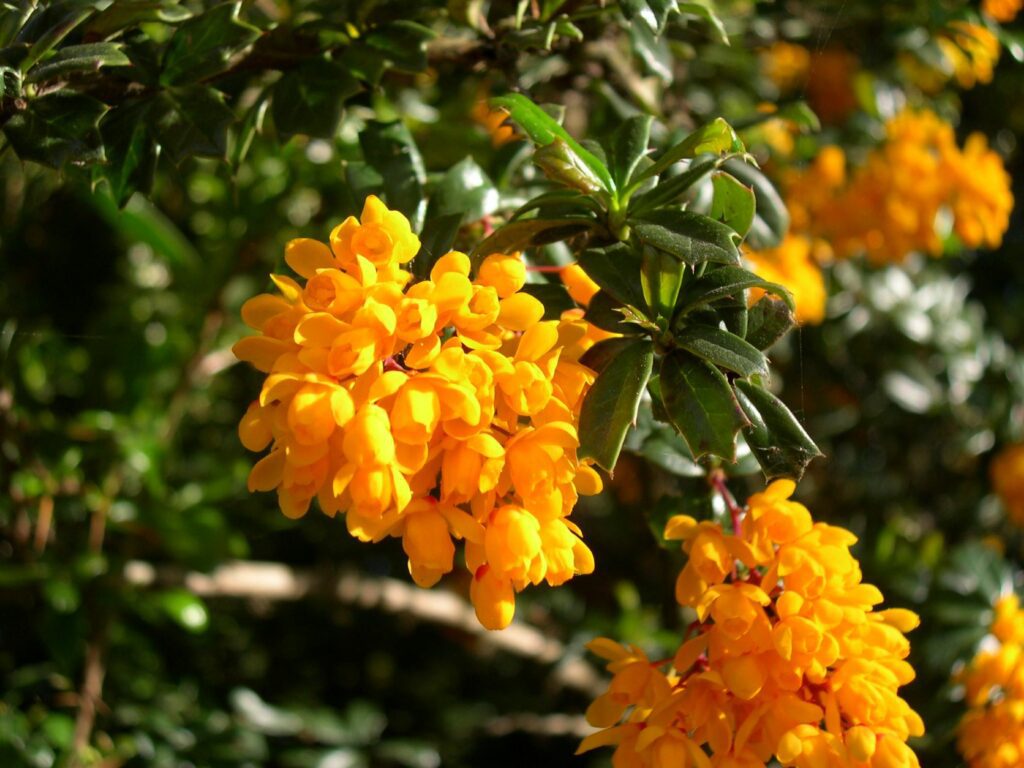
An attractive, evergreen shrub, Berberis darwinii is a must have in any UK garden. Producing amazing orange flowers in spring and glossy, deep green foliage all year round, they are a great low maintenance addition to a winter garden.
| Sun requirements | Full sun/partial shade |
| Soil requirements | Moist and well drained soil |
| Pruning | Little pruning required. Remove damaged or dead shoots when necessary |
Ribes
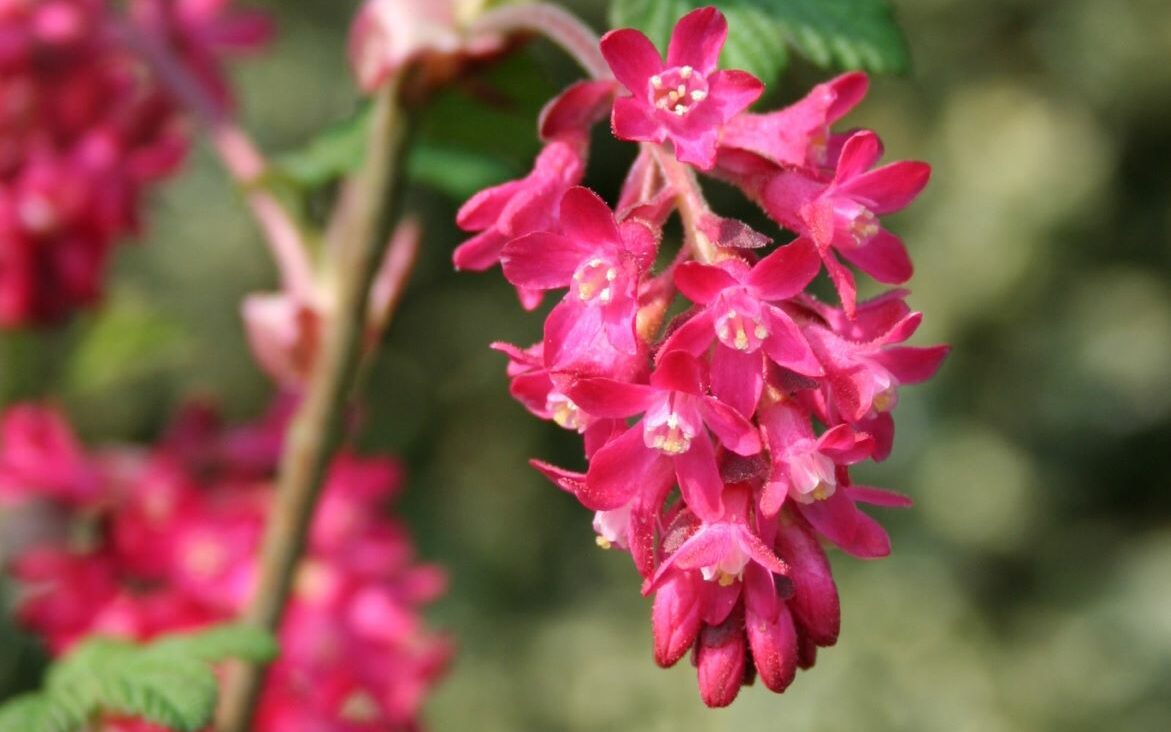
Also known as flowering currants, Ribes are a brilliant shrub for pollinators as they have sought after nectar during the cooler months. Featuring clusters of flowers on bare stems in the late spring, Ribes will also produce new leaves, making them a great staple for a shrub border.
| Sun requirements | Full sun |
| Soil requirements | Well drained and fertile soil |
| Pruning | Prune after flowering to encourage strong growth and for the desired shape or size |
Discover more plants for wildlife.
Camellia
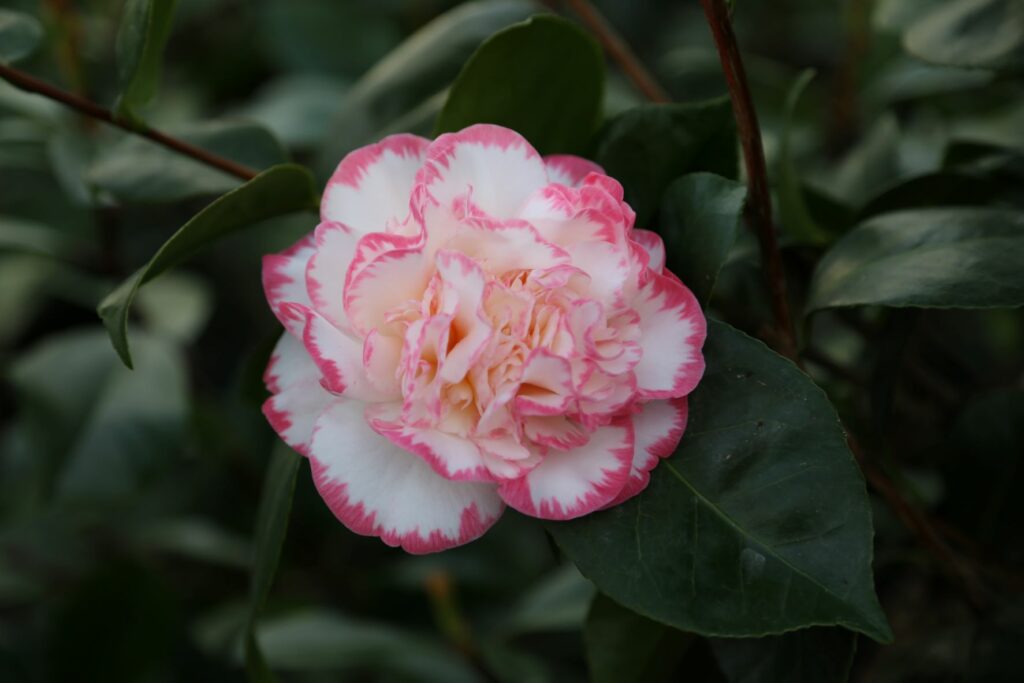
Camellias are beautiful in any garden, as the red, white or pink flowers bring elegance and sophistication to your outdoor space. Camellia should be planted away from the south facing sun so as not to defrost too fast.
| Sun requirements | Partial shade |
| Soil requirements | Acid soil |
| Pruning | Lightly prune for the desired shape or size |
Find out more about Camellias.
Chaenomeles
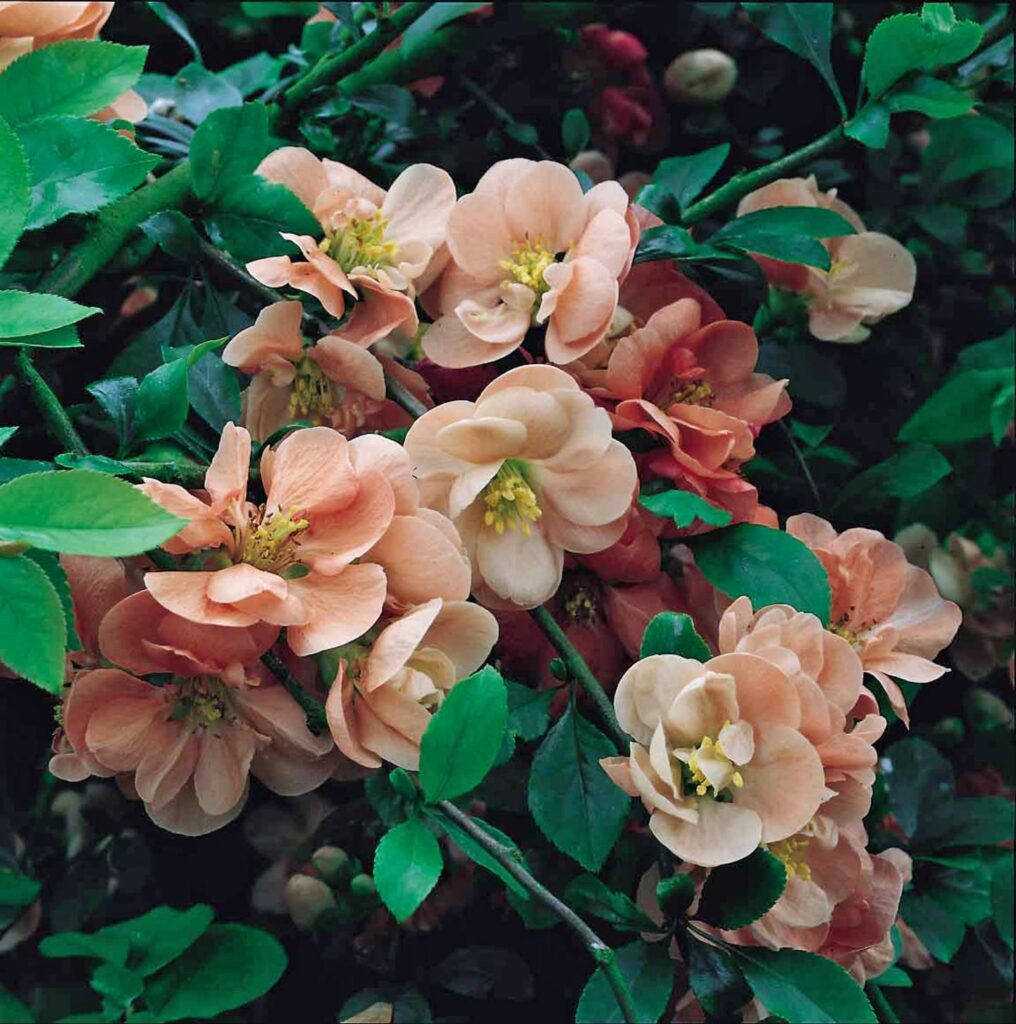
Also known as flowering quince, Chaenomeles produces a stunning array of flowers on bare stems in March. Chaenomeles work well as part of a border or in cottage style gardens and are an ideal low maintenance option.
| Sun requirements | Full sun/partial shade |
| Soil requirements | Moist, well drained soil |
| Pruning | Prune annually to encourage strong growth |
Discover the best shrubs for spring flower and foliage.
Sarcococca
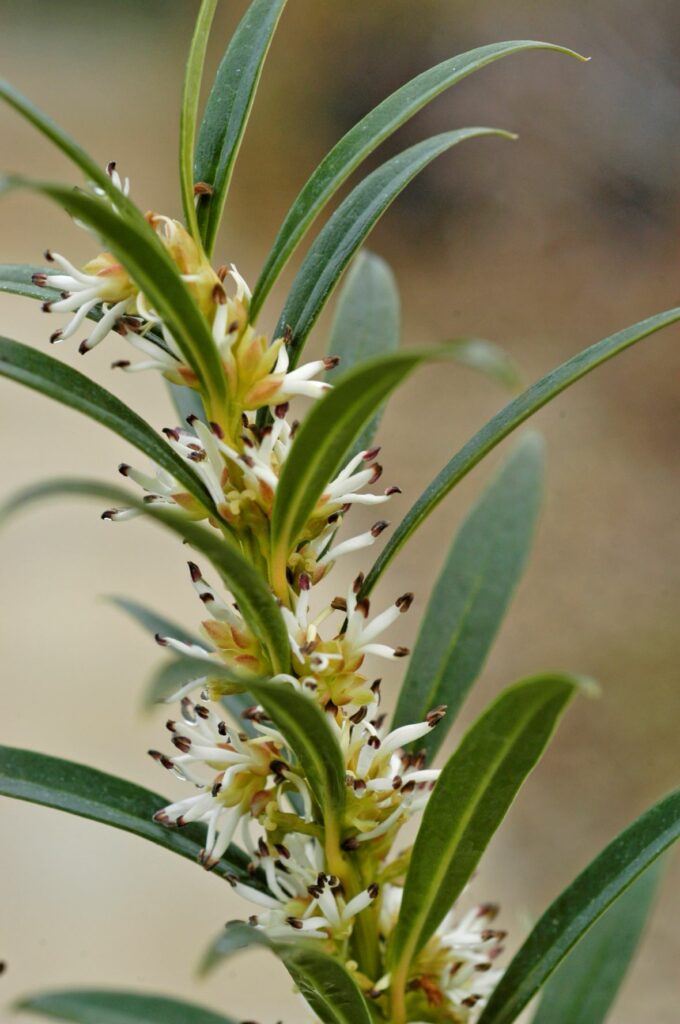
Also known as winter box, Sarcococca is an evergreen shrub with deep-green, sleek leaves and sweetly scented flowers that appear in late winter. Sarcococca work well when planted with snowdrops or underneath trees.
| Sun requirements | Partial/full shade |
| Soil requirements | Rich, moist retaining soil |
| Pruning | Lightly prune after flowering for desired shape and size |
Explore more fragrant plants for a beautifully scented garden.
Viburnum x bodnantense ‘Dawn’
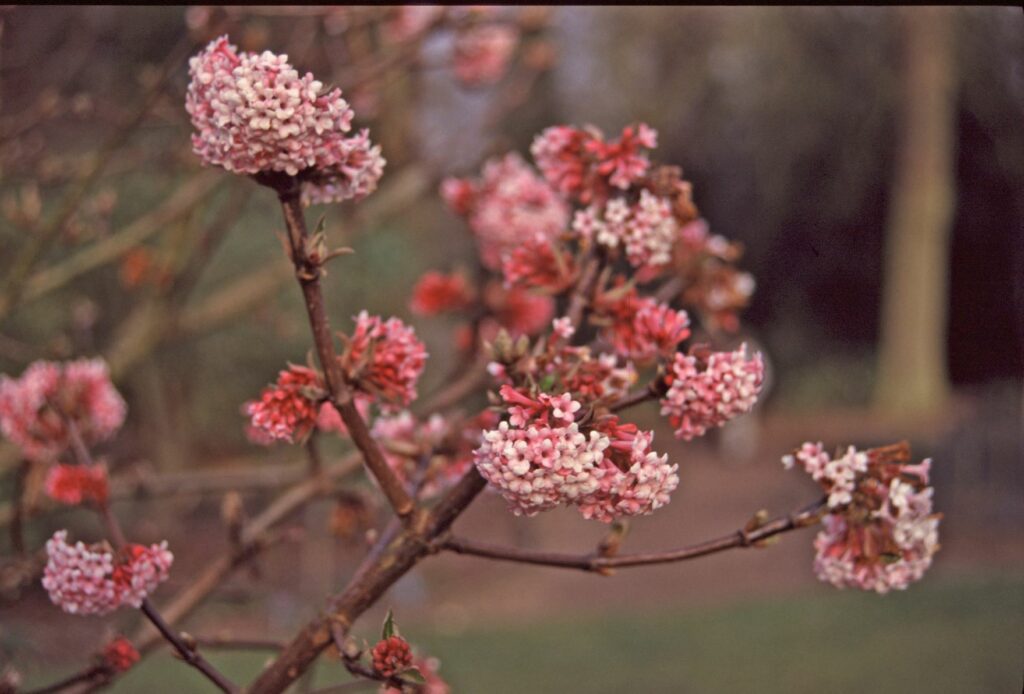
A wonderful display of sweetly scented pink and white winter flowers means that this deciduous shrub is brilliant for a winter garden. With deep green, oval shaped leaves, it’s fantastic when planted in a flower bed.
| Sun requirements | Full sun/partial shade |
| Soil requirements | Moist, well drained soil |
| Pruning | Little pruning is required. Remove damaged or dead shoots when necessary |
Perennial
Winter-flowering Helleborus
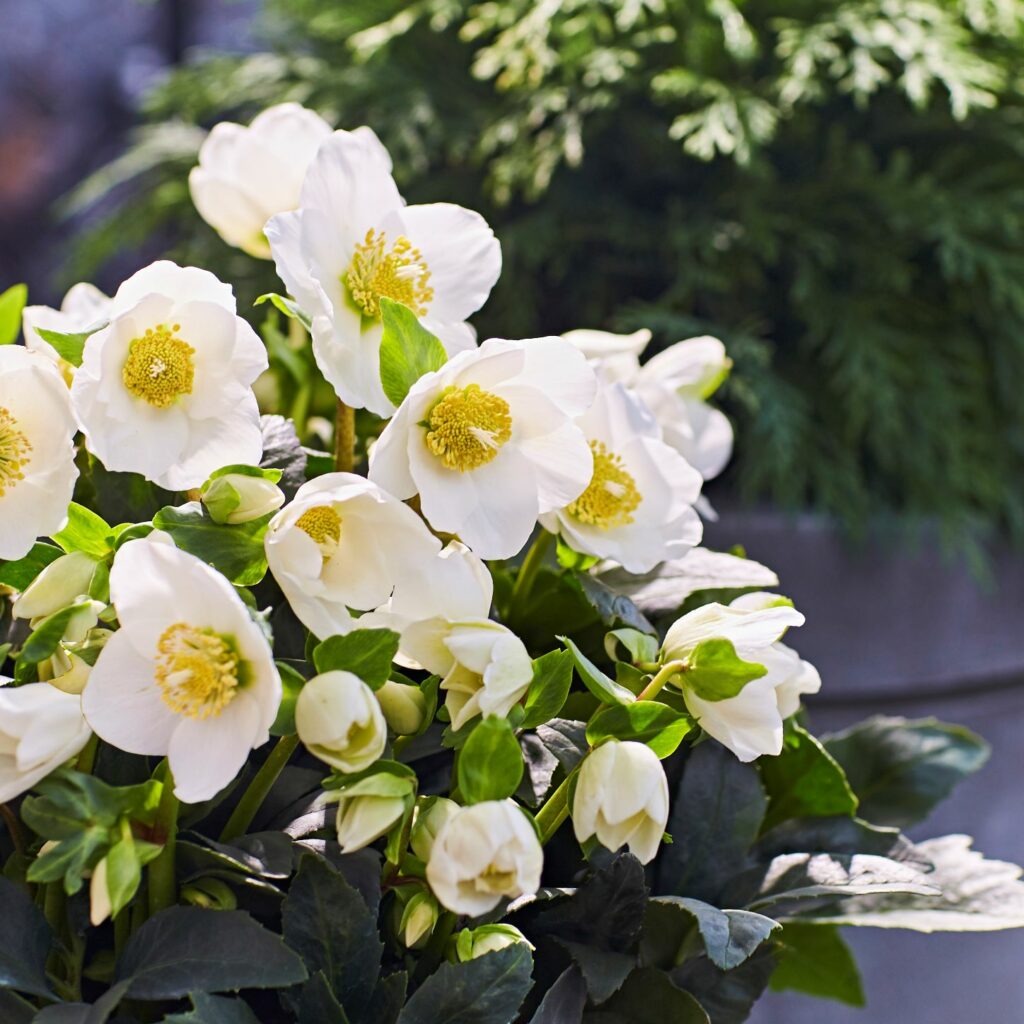
Winter flowering Helleborus is a traditional plant for seasonal interest, some varieties are known as the Christmas Rose. Not only will they flower from October until April but they are brilliant for filling the shady spots in your garden.
| Sun requirements | Partial shade/partial sun |
| Soil requirements | Moist, fertile soil |
| Pruning | Little pruning is required. Remove damaged or dead shoots when necessary |
Discover more winter flowering Helleborus.
Bergenia
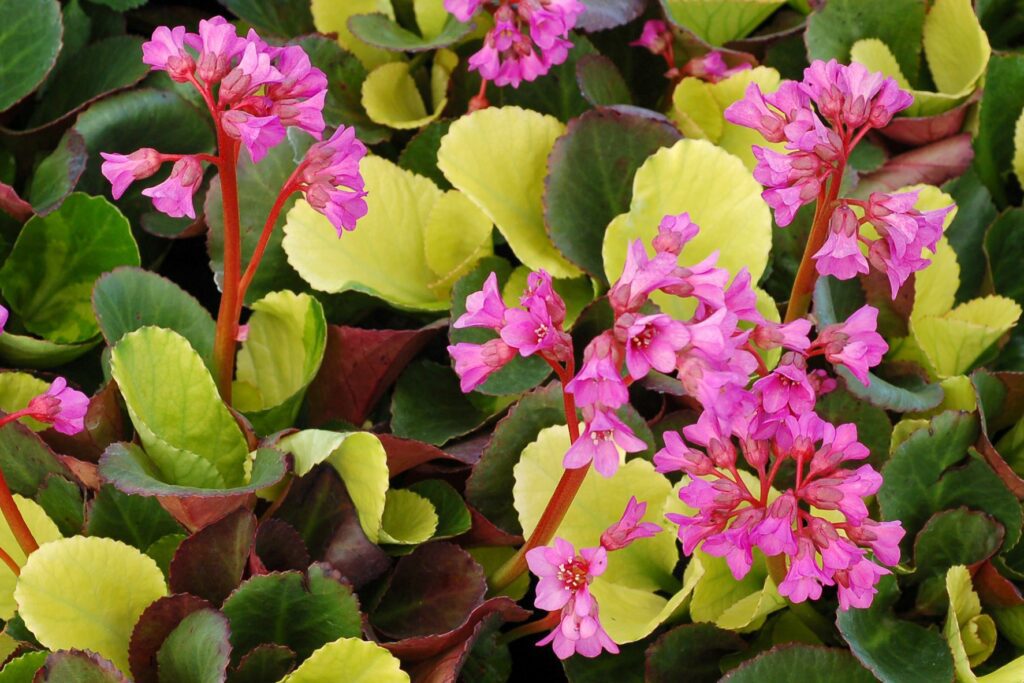
Also known as elephants ears due to its large, leather textured leaves, Bergenia is ideal for ground cover. Attracting pollinators they have attractive evergreen foliage that can turn red during the winter, as well as flowering from late autumn to early spring.
| Sun requirements | Partial sun/partial shade |
| Soil requirements | Moist, well drained soil |
| Pruning | Little pruning is required. Remove damaged or dead leaves when necessary |
Euphorbia
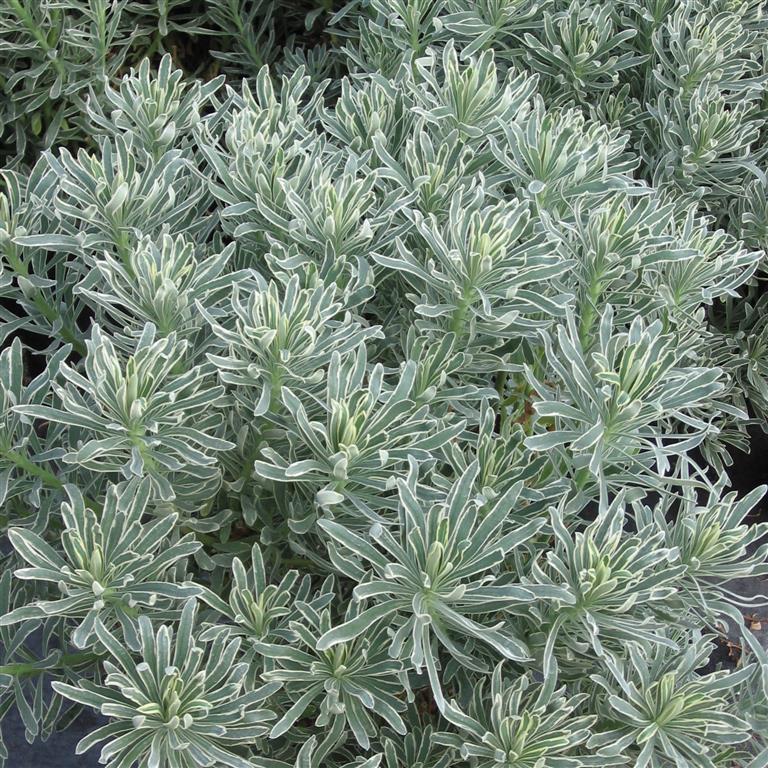
Euphorbia is a very versatile plant for a winter garden as it brings an array of foliage colours as well as vibrant and long lasting yellow flowers. They are great when incorporated into a tropical garden and certain varieties will tolerate the shade.
| Sun requirements | Partial shade |
| Soil requirements | Moist, fertile soil |
| Pruning | Deadhead after flowering and remove damaged or dead leaves when necessary |
Can Spring Flowers Survive a Frost?
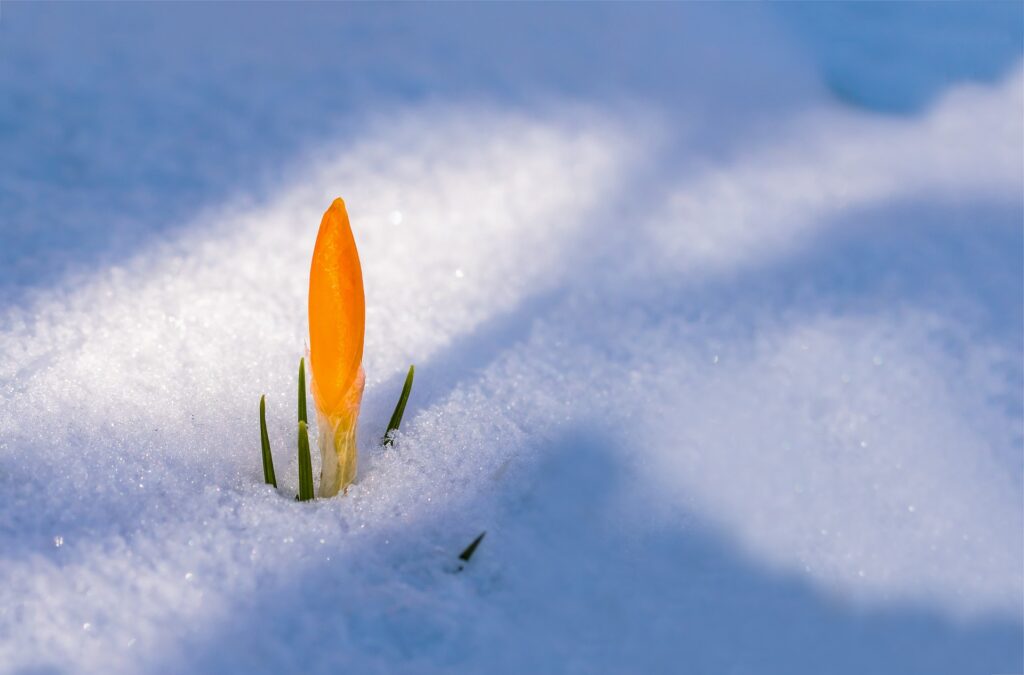
It can always be a concern when the frost arrives that it may damage your spring flowering bulbs beyond repair. Fortunately, planted bulbs are tough and adverse weather has little to no effect on them, meaning there are some great options for plants that will survive the frost.
If your flowers have come to bud then it’s a good idea to cover them with a specific plant cover to avoid any damage that the frost may cause.
Discover the 22 perfect plants for your spring garden.
How to Protect Flower Beds From Frost
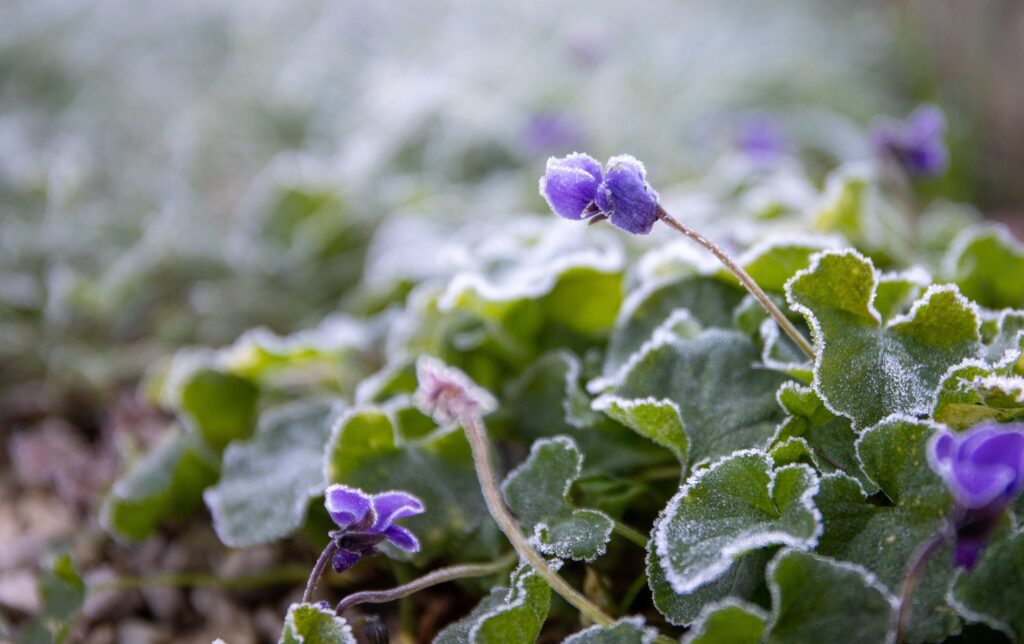
To ensure that your plants survive a frost and that flowers continue to thrive afterwards, it’s important to plan before it arrives!
There are ways you can offer protection required to keep the flowers alive and healthy, one of them by using old newspapers or horticultural fleece as a cover. Your greenhouse can also have a layer of insulation installed to reduce the risk of frost damage. This will also help to reduce any bills that you may encounter from heating your greenhouse through power.
Find out more about how you can care for your garden during frost.


